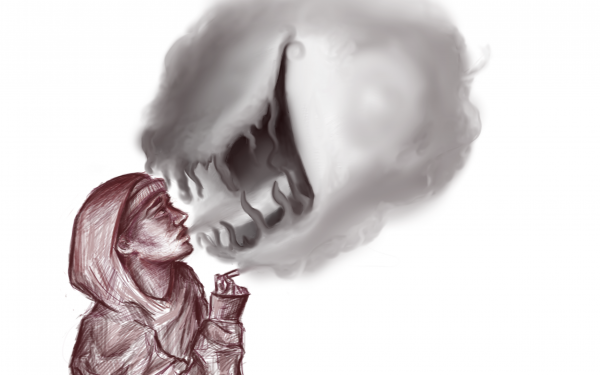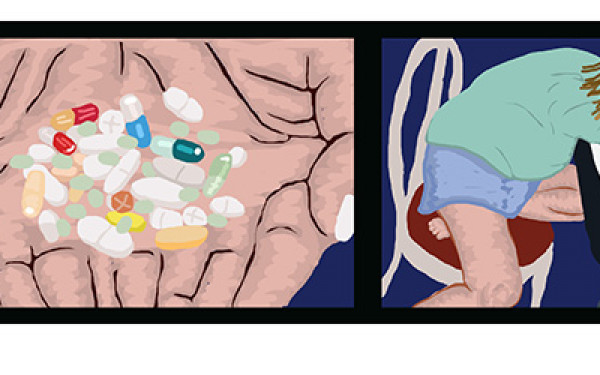Santa’s Shamanic Origins
When Mythology and Mycology Collide
With the holidays approaching, I would like to share an interesting take on the origins of Christmas mythology.
It has been proposed that many aspects of the Christmas tradition may be rooted in the mythologies of pre-Christian indigenous peoples of Northern Europe and Siberia, cultures whose shamans used psychoactive mushrooms in their rituals.
The mushroom in question is the red-capped, white-spotted Amanita muscaria, otherwise known as “fly agaric”.
This is the dancing mushroom in Fantasia; the same that appears in Super Mario Bros. video games and in The Smurfs. It is also thought that this mushroom is the sacrament referred to as Soma in the Rigveda, one of the foundational texts of Hinduism.
In the case of these European and Siberian cultures, their shamans consumed the mushroom as a sacrament to enter into trance states, otherwise accessed through dancing and drumming. In some regions, participants in ceremonies would also consume the sacrament.
The parallels between these cultures’ mythologies and our existing Christmas tradition are numerous and interesting to consider, so let’s take a look at some of them.
One of the most salient similarities is the red-and-white colour scheme, worn by both the Amanita mushroom and Santa himself. While some claim that Santa’s dress is derived from the red-and-white shamanic dresses of some mushroom-using Siberian cultures, others doubt the validity of the connection, noting that the first time Santa appeared in red was in an illustration by Thomas Nast in the late 1800s.
The Amanita muscaria mushroom also grows under firs and evergreens and was believed to be the fruit of these trees. This gave the trees a sacred quality as the source of the sacrament, which is reflected today in our use of firs and evergreens as Christmas trees.
The Christmas tree itself is derived from the belief in a World Tree, which was prominent in this region. This tree was representative of a cosmic axis, with the roots reaching into the underworld and the branches reaching towards the realm of the gods. The shamans, after entering a trance state, would ascend the World Tree into the heavens.
The North Star, being the center point in the night sky around which all other stars revolve, was seen as the top of this cosmic axis; this is represented in the placement of a star atop the Christmas tree.
Reindeer, which provided both food and clothing for the people of these ancient cultures, also pulled sleighs for transportation. These reindeer also seek out the Amanita muscaria mushroom in the wild.
It is suggested that the flight of reindeer originated from the intoxicated state that both human and animal would have been enjoying following consumption of the mushroom.
Of course, the certainty of some of these associations is debated. And as we take more of the similarities between our current Christmas tradition and shamanic Siberian cultures, we also have to recognize that the image and story of Santa Claus have been shaped by a number of cultural influences throughout time, from Christianity to Coca-Cola.
That being said, something that stands out to me is the degree to which these preceding cultures had rich mythologies with a depth of meaning that is not found in our present-day society.
The way in which we engage with these traditions is somewhat superficial in comparison, as we tend to engage directly with the symbols rather than what they used to represent.
Those of us who celebrate Christmas put up the tree and place the star on top without thinking of a cosmic axis connecting us to the underworld and to the heavens, and without remembering that many cultures that preceded our own had methods of ascending this cosmic axis that they considered central and sacred, often involving trance states triggered by drumming, chanting, or ingesting sacred plants or mushrooms.
This holiday season, consider taking a closer look at the symbols that make up your celebrations. Seek out their origins, get in touch with the mythology, and promote the sharing of these stories as a way of keeping the mythology alive.


_600_832_s.png)




